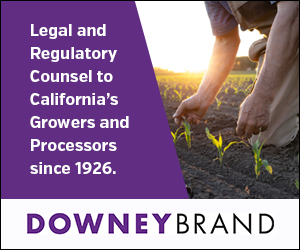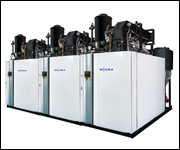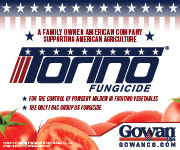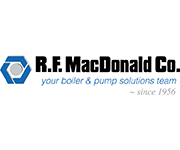
| Archive | Subscribe | Printer Friendly | Send to a Friend | clfp.com | Contact Us | Advertise | October 24, 2023 |
|
CLFP News
Join us on February 13 & 14, 2024 in Sacramento for CLFP’s annual Food Processing Expo! This upcoming Expo is brimming with fresh and exciting opportunities, and we invite you to secure your spot at one of the nation's largest food processing shows, right here in California. At Food Processing Expo 2024, you'll get the chance to connect with industry leaders, build new connections and partnerships, and discover the latest innovations and insights. We hope to see you there!
Exhibit sales and attendee registration are open! Register for a booth today to get a premium location while supplies last. Registration is now open! And remember, CLFP members always receive a discount. More Information/Registration
Capitol News
Industry News
Featured Article
Expense Reduction Analysts
16415 Addison Road, Addison Tower, Suite 410, Addison, TX, 75001, United States of America It’s already started for many food and beverage manufacturers: healthcare open-enrollment season. This year is no different than recent years in most ways: Companies with 50–500 employees are getting hit with health insurance cost increases of 6.5% to 8% a year. That’s double inflation, already affecting one of the top spends for any company.
To deal with this, many F&B manufacturers rely on their insurance brokers to negotiate with their carriers, and it usually goes something like this: Clients get a renewal from their carrier that’s a 10%–12% increase YoY. Their broker spends about eight weeks negotiating and comes back with a 5%–9% renewal, and the client signs off on that.
Healthcare insurance has become a runaway cost. A typical California employer with 200 employees pays about two million dollars a year in health insurance costs, which increases to almost $2.4 million, which increases to almost $2.6 million, $2.9 million, and so on. How can you combat these increases? Your broker may try competing insurers, but changing networks is very difficult on employees, plus it usually doesn’t result in the kind of savings that make it worth the pain.
ERA has already seen four clients this year with renewal rates of 40% or more. These increases are untenable, whether 14% or 40%. If you’re simply crossing your fingers and hoping your broker comes up with something, then you’re not putting yourself in a good position. Hope is not a strategy.
Most employers are not being presented with any kind of creative, out-of-the-box ways to fight these increases while keeping employees whole. Contrary to popular belief, however, there are things you can do to control these costs.
New Members
|
||||||||||||||||||||||||||


